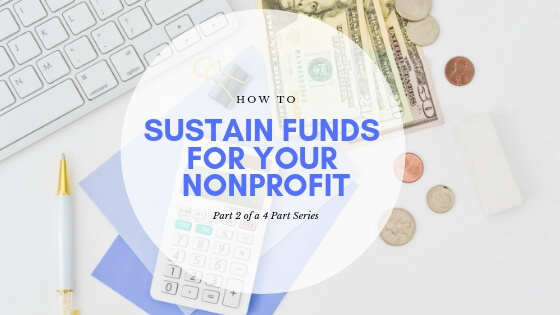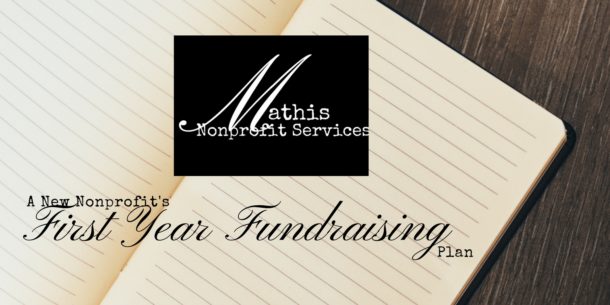Nonprofits struggle to sustain funds every day because they don’t understand the relationship between them and their donor. Transactional relationships will not sustain your funding, only relationships with your prospects and donors will. Once we have our prospects, it’s time to move them to the next step, cultivating.
Cultivating- Stage Two of the Donor Funnel
Continuing our dating analogy from last week, this is the courting phase. Cultivating is everything you do in between meeting and asking. It is where you increase trust and likeability with your donors.
What does cultivating look like?
Think about when you are dating someone. My daughter is an example since she is currently dating. Communication is a high priority. She and her boyfriend are constantly texting, face timing, and meeting. They get gifts for each other and are interested in what each other think. This is the time your nonprofit should be doing something similar. (I don’t recommend face timing your donor at 3 am, though). But you can find ways to communicate with them. And most of those ways in today’s world are very low cost!
What activities are good for cultivating?
Let’s talk about what cultivating activities look like for the nonprofit. A short list of ideas are:
- Newsletter or letter to all your supporters that tells about how they are helping you make a difference in someone’s life.
- Individual notes to supporters to update them on a milestone. The individual note is better when your list is small because it’s more manageable. If your list is too large for your organization to handle personalized notes, find a way to send an email or letter or post on social media.
- Phone call. I’m going old school now. Pick up the phone and talk to your donor. Invite them to an event, ask if they’d like a tour, or ask their opinion on something.
- Take a potential donor to lunch or coffee. Yes, again, old school but it works. (There is a reason some techniques never die.)
- Survey your list. This one is BIG! Create a short survey and ask for feedback. You won’t get feedback from everyone but what you get will be as my husband says, “#gold”.
- Last, get creative. You will find unique things that only your organization can do to create what professionals call “touchpoints”. Touchpoints are simply ways to communicate with a donor (or potential donor). Current thinking is that it takes between seven and twelve “touches” for a person to become a donor.
At this point, some of these things can include “soft asks” to test the waters. Maybe you call a potential donor to ask them to volunteer. Maybe one newsletter a year (I recommend December) has an envelope or link to a donation page (if it’s electronic) that asks for a donation. It’s okay. You always want to find ways to move the prospect into a donor.
Take Action
What can you do right now to cultivate your prospects? Brainstorm 10 ways and tell me in the comments or join the conversation on Mathis Nonprofit Services Facebook page or in the group At the Top: Small Nonprofit Leaders.


 Most nonprofit leaders lay awake at night trying to figure out how to fund their mission.
Hi! I'm Alesha.
I teach sustainable fundraising in a way that they can take action today so they can serve their clients.
I can help you move from just getting started funding your new nonprofit to gaining confidence in your fundraising and building relationships to knowing what works for your organization and looking at the infinite game when it comes to funding. I’ve worked with nonprofit Founders and written the book I HAVE MY 501(C)3! NOW WHAT?!? Your Blueprint to Starting Your Nonprofit Without Being the Sole Funder that lays the foundations for funding in a new nonprofit.
I’ve worked in Development (Fundraising) Departments in large organizations and I know the no cost, low-cost methods they use to bring in funding. I bring those sound strategies to the nonprofits I serve.
Most nonprofit leaders lay awake at night trying to figure out how to fund their mission.
Hi! I'm Alesha.
I teach sustainable fundraising in a way that they can take action today so they can serve their clients.
I can help you move from just getting started funding your new nonprofit to gaining confidence in your fundraising and building relationships to knowing what works for your organization and looking at the infinite game when it comes to funding. I’ve worked with nonprofit Founders and written the book I HAVE MY 501(C)3! NOW WHAT?!? Your Blueprint to Starting Your Nonprofit Without Being the Sole Funder that lays the foundations for funding in a new nonprofit.
I’ve worked in Development (Fundraising) Departments in large organizations and I know the no cost, low-cost methods they use to bring in funding. I bring those sound strategies to the nonprofits I serve.